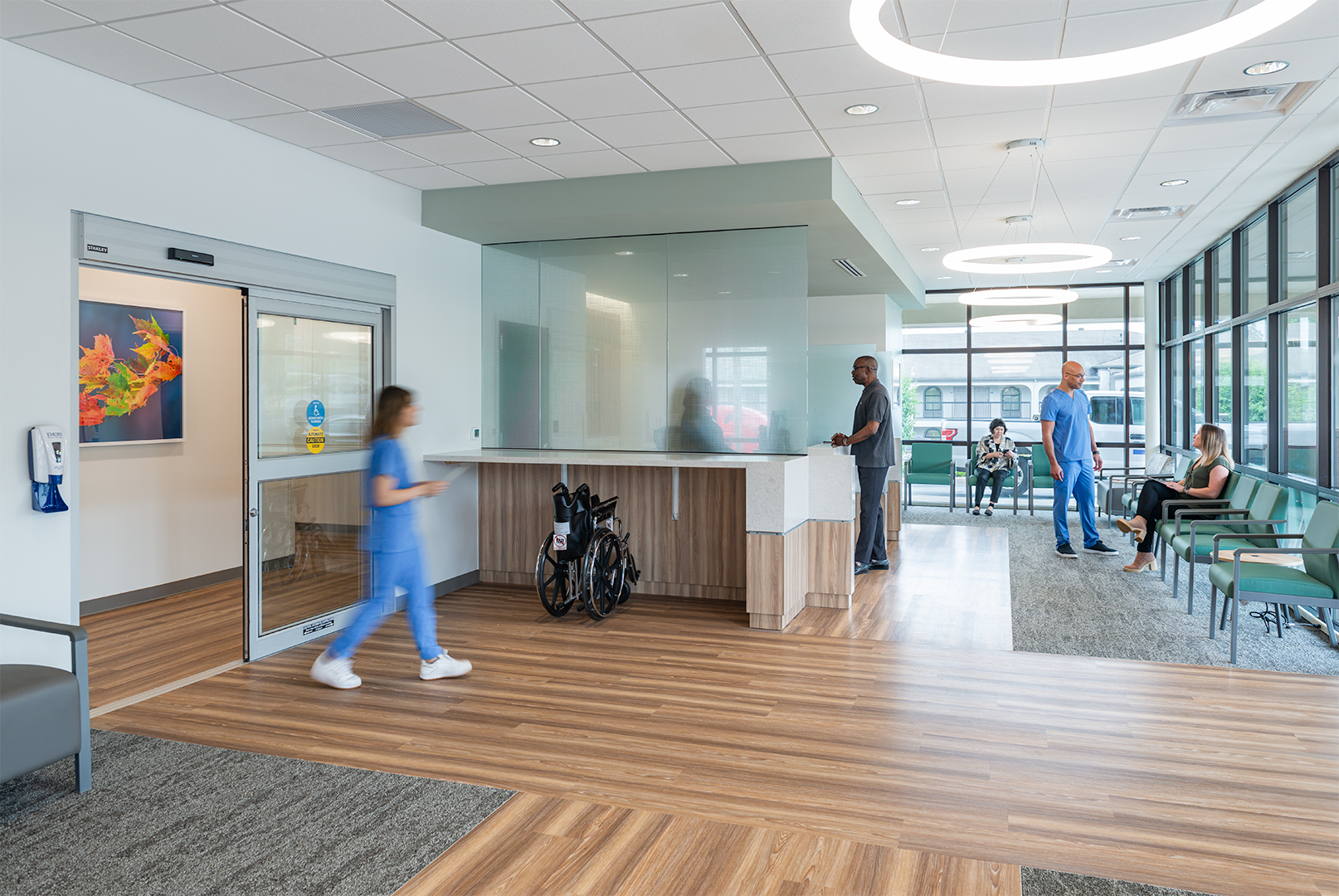
With the rise of the medical office building (MOB) occupancy rate being well above 90% during the past few years in the Atlanta metro area, many healthcare systems have struggled to find suitable space to lease or buy to expand their outpatient services. Developers and healthcare systems wanting to build new medical office buildings have not been able to build them fast enough to keep pace with current demand. At the same time, the ubiquity of online shopping and other economic stresses have closed many big box stores and have created an abundance of available retail spaces.
Savvy health systems have realized that these empty retail spaces, with their high visibility and their abundant parking, can be perfect fits for their needs.
A Case Study – Emory Clinic Outpatient Imaging Center
When an 8,700-square-foot former ballet studio in a one-story shopping center became available south of Atlanta in Henry County, The Emory Clinic saw the potential to expand their diagnostic imaging services in the Stockbridge area.
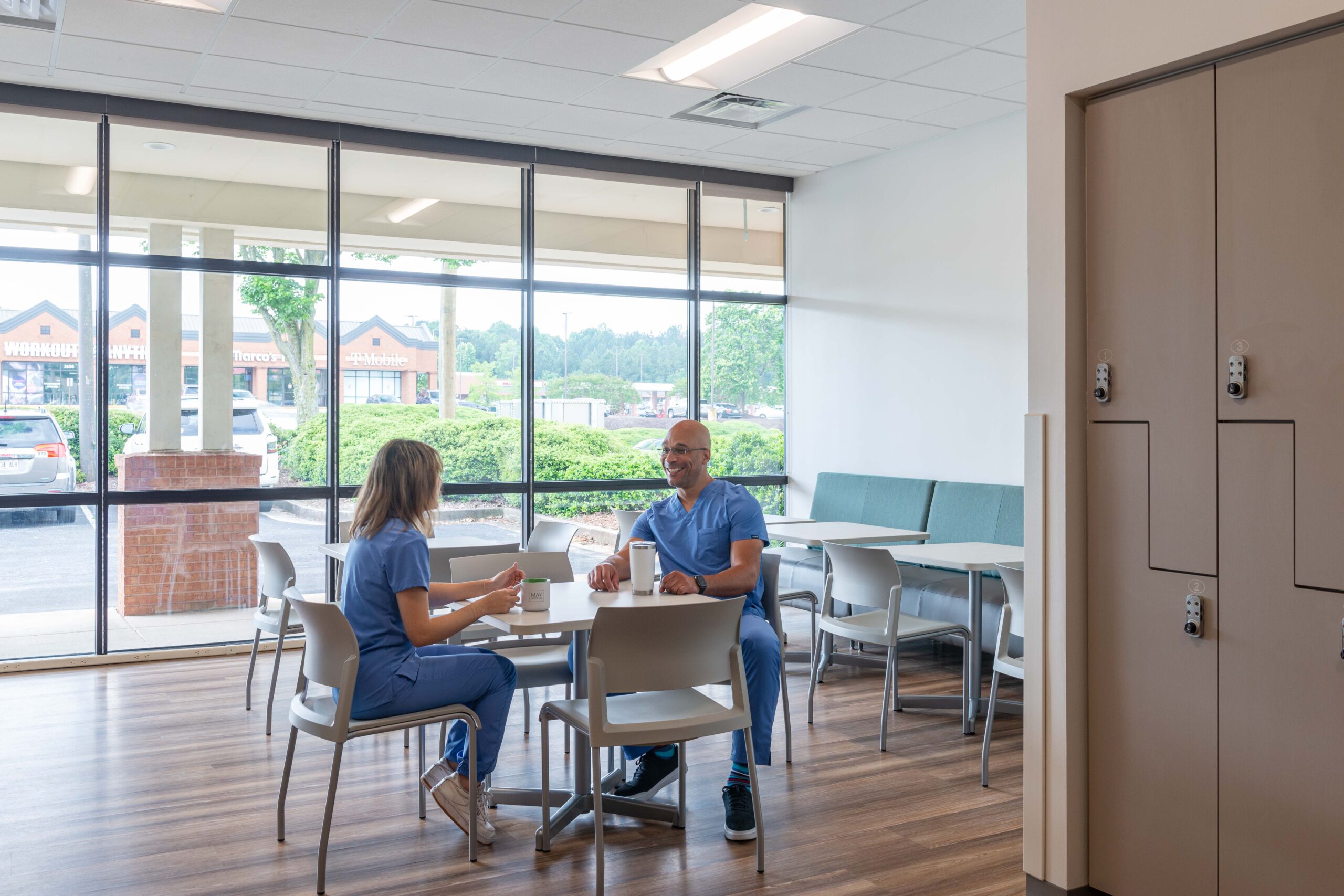
The 4,500 Pound Elephant in the Room
One of the main focal points in this transformation was the incorporation of the 4,500-pound MRI magnet that helps to create high-definition images for the MRI. The retail space was not built to anticipate housing such a heavy and complicated piece of equipment. The structural engineer played a crucial role in preparing the building for the magnet by assessing and reinforcing the structure so that the slab could support the concentrated load. Steel was also added to the simple bar joist structure above to support additional ventilation equipment located on the roof. Additionally, the power infrastructure of the shopping center suite was upgraded to address the additional electrical loads for the MRI as well as the other imaging modalities in the center that include CT, radiography, mammography, and ultrasound.
Attention to detail extended to ensuring high quality MRI images. Large moving metal objects can interfere with the radio-frequency waves and the magnetic field generated by the MRI and can therefore compromise the quality of the MRI images. Careful consideration was given to the location of the MRI, ensuring that it was distant from areas where large metal objects, such as delivery trucks, could compromise the quality of images.
Planning for the Future
While it was essential to place the MRI equipment away from large moving metal objects, conversely, it also necessitated placement along an exterior wall for ease of replacing the equipment in ten or fifteen years. When the magnet is eventually replaced, the imaging center corridors will be too narrow and will not be able to support its extreme weight. So, the designers created a brick knock-out panel in the exterior brick wall so that the existing MRI can be easily removed and replaced through the exterior side wall when its current state-of-the-art capabilities become obsolete.
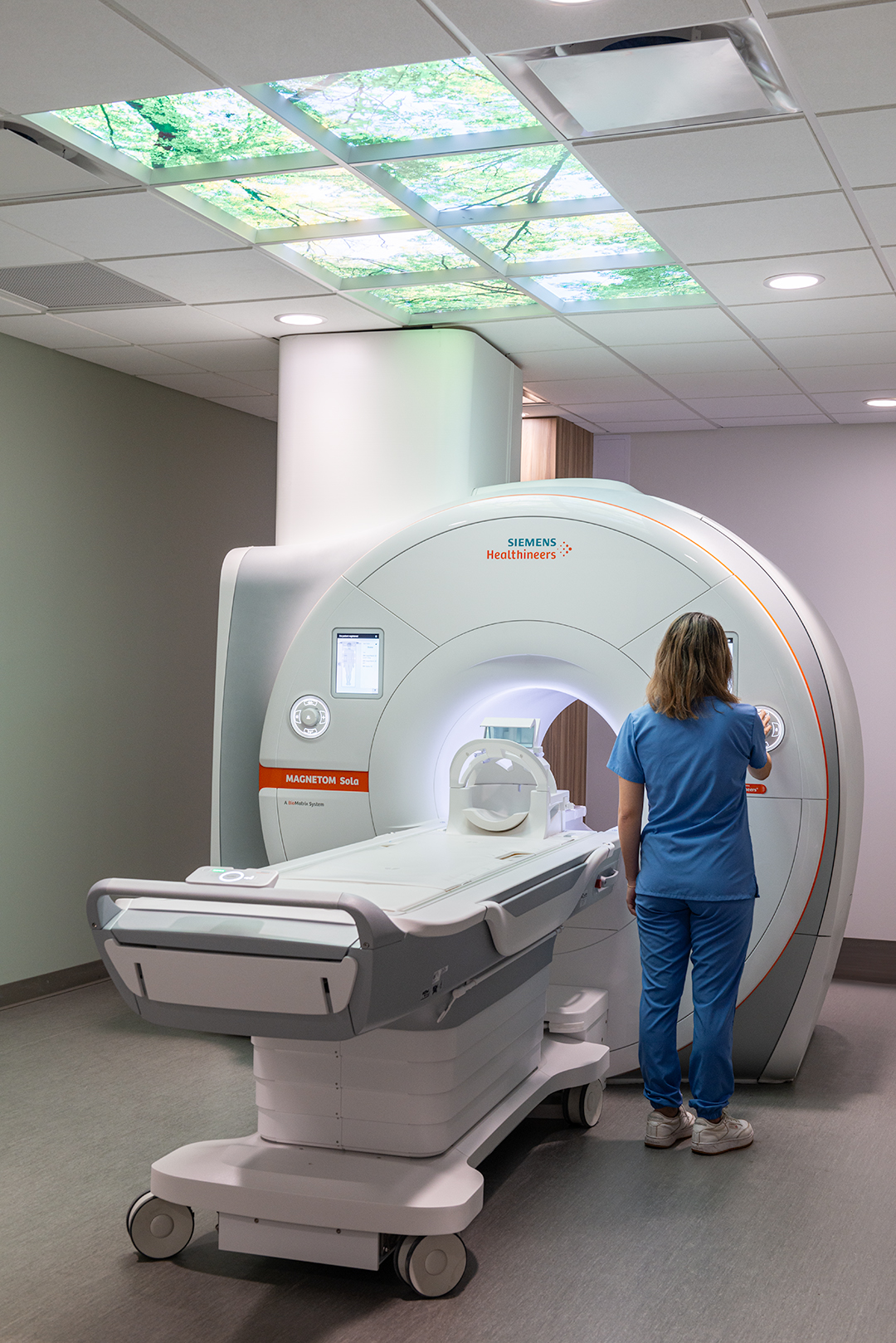
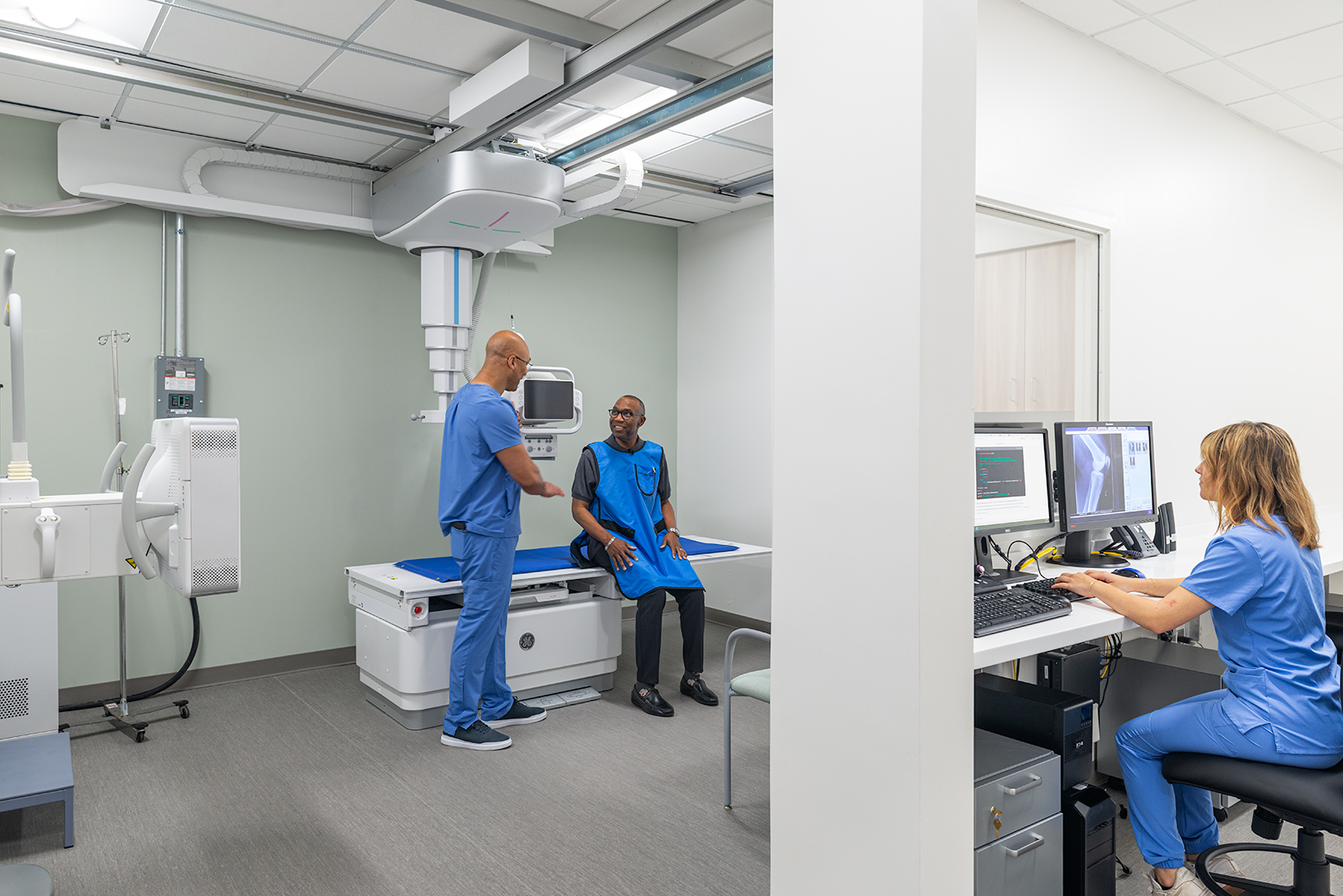
Adapting to Meet Market Needs
The Emory Clinic’s embrace of an adaptive reuse approach showcases a commitment to innovation and efficiency in a tight healthcare real estate market. With a lack of MOB spaces available, repurposing retail space for a new imaging center not only meets the needs of a growing community but also expands the reach of Emory’s outpatient market. As the competitive healthcare industry continues to evolve, the willingness to adapt and to create healthcare services in nontraditional spaces will be essential for healthcare systems to grow and thrive.
In conclusion, the shifting dynamics of retail, marked by the closure of numerous big box stores and other brick and mortar stores has created a silver lining—a unique opportunity for adaptive reuse. As the healthcare industry endeavors to expand its reach into suburban and exurban areas, repurposing vacant retail spaces offers a strategic and sustainable solution. By leveraging existing infrastructure and embracing environmental consciousness, healthcare systems can efficiently establish new outpatient services, meeting the evolving needs of communities while navigating the competitive landscape.
Join May Architecture on LinkedIn to stay informed on trends shaping healthcare and be sure not to miss our first entry in this series: “Adaptive Reuse: From Big Box Store to Community Resource”.
